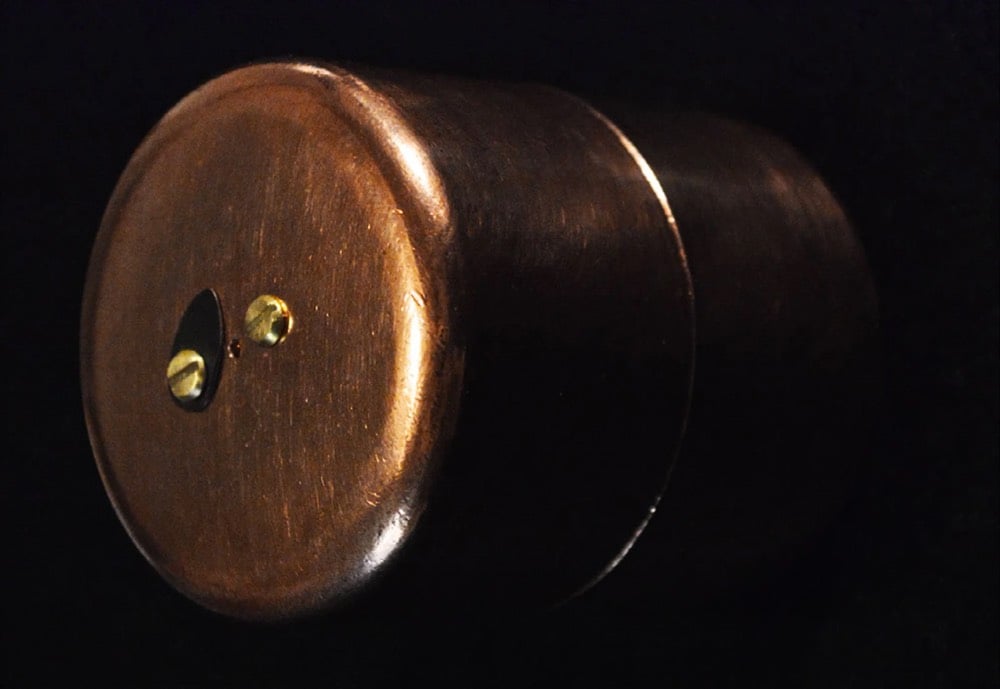The Millennium Camera, a Pinhole Camera with a Thousand-Year Exposure Time

Critic, artist, and experimental philosopher Jonathon Keats has installed pinhole cameras in three locations around the United States — Amherst College, Arizona State University, and Lake Tahoe — that are designed to take 1000-year-long exposures of their surroundings.
I don’t plan to be here in a thousand years, but for those of you who are, what you’ll see if all goes well is not an image of a single landscape, but rather an image of change within that landscape over that very long period of time. How is that possible? To address the question at a technical level, I built the camera based on archaeological and art-historical research. The casing of the camera is made out of copper. Archaeologists know what happens to copper: it will take on a patina, and the oxidation creates a sort of protective surface that will preserve the integrity of the camera as an object, which is intentionally very simple and very small. The pinhole can’t be allowed to oxidize at all, so that is pierced through a sheet of hardened twenty-four-carat gold, and gold will not corrode. This provides integrity over the next thousand years for the means by which the image is focused.
The image is focused onto the back of the camera, which is not paper in this case. Instead it is oil paint. The pigment that I chose is a paint called rose madder. The madder root has a red color that was very much valued in antiquity, but is the bane of any conservator today. Examples of paintings from the Renaissance show that it’s not very light-fast. It is a fugitive color. And the so-called “inherent vice” of it becomes a virtue in the case of a camera like this, because we are causing it to fade.
A prototype of the camera is pictured above. It will be interesting to see to what extent the final product is averaged out — when you’re dealing with 1000 years, you have to reckon with the motion blur of even seemingly stationary objects. (via @zander)





Stay Connected